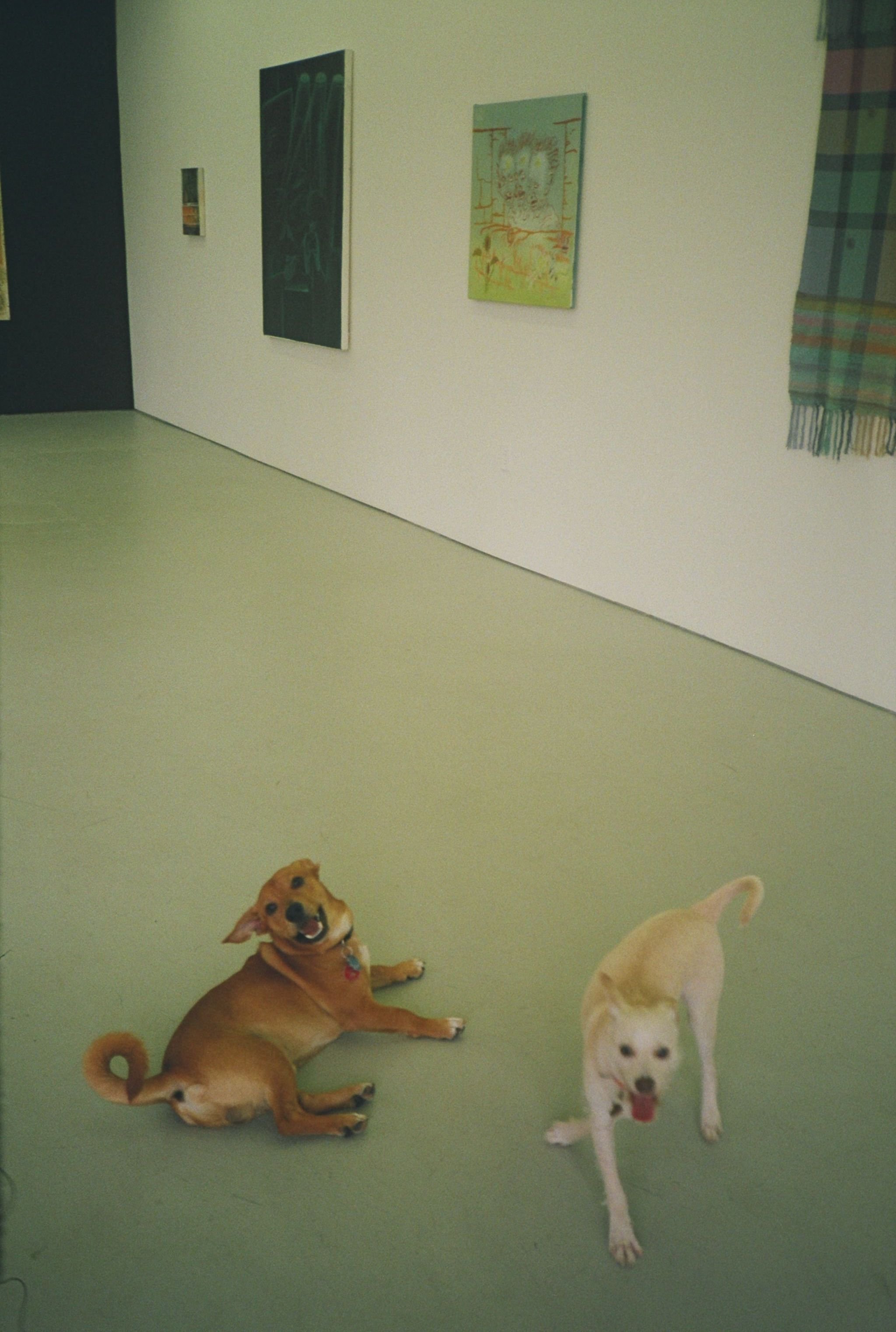Training is a a lifelong process, and all about building a trusting relationship between you and your dog. In our first session we will establish a plan that works for you and your dog and I’ll coach you in how to modify your dog’s undesirable behavior (or teach them new skills). My goal is to offer my insight and experience and to give you the skills to respond to and troubleshoot your dog’s behavior even when I’m not there.
What a typical first training session looks like -
I will arrive at your house (you don’t have to prepare it in any special way). First, we’ll have a conversation about your dog and your goals for them and your relationship with them. I’ll already have a sense of what you’d like to work on from your intake form but this will give me a chance to observe your dog in your home and clarify any details I need to.
I will take notes during our conversation and throughout the session that I can refer to when writing your training plan.
I may offer some suggestions for management (ways of setting up the environment to encourage desirable behavior and prevent undesirable behavior) that require no training at all and which you can implement right away.
I will explain the behaviors we can teach that will be relevant to your situation. I will demonstrate those behaviors with your dog and then give you a chance to practice. I’ll offer feedback and you can practice again to refine your training.
If you learn better in a different way I’m happy to accommodate! We can discuss alternatives ahead of time. If there are certain ways you prefer to receive feedback or if you don’t feel comfortable practicing in the moment I would love to know! Private training sessions are customized to each learner.
After our session (within 3 days) I will email you with a written training plan. Training plans will contain a summary and notes from our visit, detailed descriptions of the behaviors I demonstrated and ones I recommend, notes on how to progress your training and what you might expect moving forward. If applicable I will link to further resources.
Your session will also include (within 3 weeks of our meeting) one additional follow up email (with reasonable replies on necessary details) or a 20 minute call to ask further questions and discuss your progress.
From there you are welcome to purchase and schedule additional follow up sessions. If you book multiple sessions at once I’m happy to offer a discount on those services. Follow up sessions can be flexible in length (1 hour - 30 minutes) depending on your needs.
Virtual sessions - Look just the same as in person sessions, we’ll have a conversation, I’ll make recommendations and explain behaviors, then I’ll demonstrate with my dog at home or I’ll coach you through the exercises verbally with your dog. You’ll need a computer with a camera and microphone and a stable internet connection.








